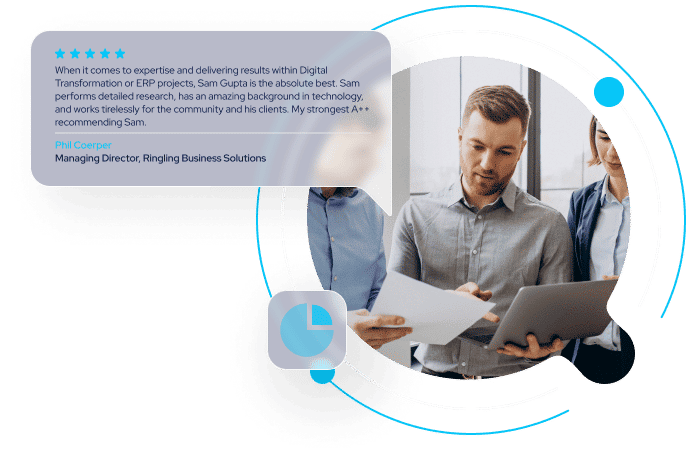Download the Research Note
Top 10 TMS Systems in 2025
Are you eager to explore the top TMS Systems for 2025? Do you want to understand the essential TMS System requirements for various industries? Are you curious about the common pitfalls that lead to TMS system failures? Interested in discovering best practices for selecting the right TMS systems? If any of this resonates with you, you’ve come to the right place!
This concise research note produced independently without vendors’ influence, spans over 11 pages. It offers in-depth context on our quadrant for the top 10 TMS Systems in 2025. Outlining our research methodology, it details the key variables used in the evaluation and provides guidance on interpreting our quadrant rankings. Additionally, it explores which regions are best suited for different business sizes and industry segments. Outlined recommendations for compiling a long list of eCommerce platforms will help with further assessment. Lastly, the report provides insights into the ideal market segments for each TMS System. But that’s not all. It also highlights their track record of success and any portfolio updates that may have influenced their rankings compared to the previous year.
To create this report, we actively monitor leading TMS vendors through a variety of sources, including surveys, interviews, panel discussions, proprietary databases, customer inquiries, industry reports, vendor briefings, and user forums. This guide is specifically designed for TMS system buyers seeking insights into the top TMS systems, including their strengths and limitations.
Questions this report will answer:
Why is a TMS system considered the ERP of the transportation and 3PL sectors?
What core operational functions can a TMS manage in transportation and logistics companies?
Why did traditional TMS systems require third-party accounting tools like Sage or Microsoft GP?
How has the emergence of cloud-based TMS systems changed the integration of accounting features?
What are some of the complexities introduced by fully integrated, cloud-based TMS platforms?
What does it mean for a TMS to be “independent,” and why is this important?
How can political factors influence carrier participation in a TMS vendor’s network?
What effect do carrier dynamics have on the accuracy of rating algorithms and AI/ML insights?
Why might an independent TMS provider still choose to maintain its own carrier network?
Why is it important for companies to understand the layered structure and scale of top TMS systems when selecting one?
This is Our
Case Study
A brief walkthrough of a recent customer who went through the process of developing the strategy to transform their current eCommerce operations to include a buy-online-and-pick-up-in-store and buy-in-store-ship-to-home business model.

Problem
A leading fashion retailer with more than 30 stores throughout the United States was struggling with the customer experience and accommodation of business models such as buy-online-pick-up-in-store due to disconnected eCommerce and fulfillment systems. They needed omnichannel experience that could transform their experience and help them compete with their larger peers.
Solution
They hired ElevatIQ to assess their as-is and to-be state and come up with the strategy to enable the needed experience. Through the series of workshops and secondary research of their data, ElevatIQ formulated a strategy with the changes in business processes, information architecture, and systems.
Outcome
The strategy resulted in a clear alignment of their executive teams with a refined understanding of their business processes and operations. The strategy also resulted in a clear understanding of the investments and solutions required to implement the strategy.


